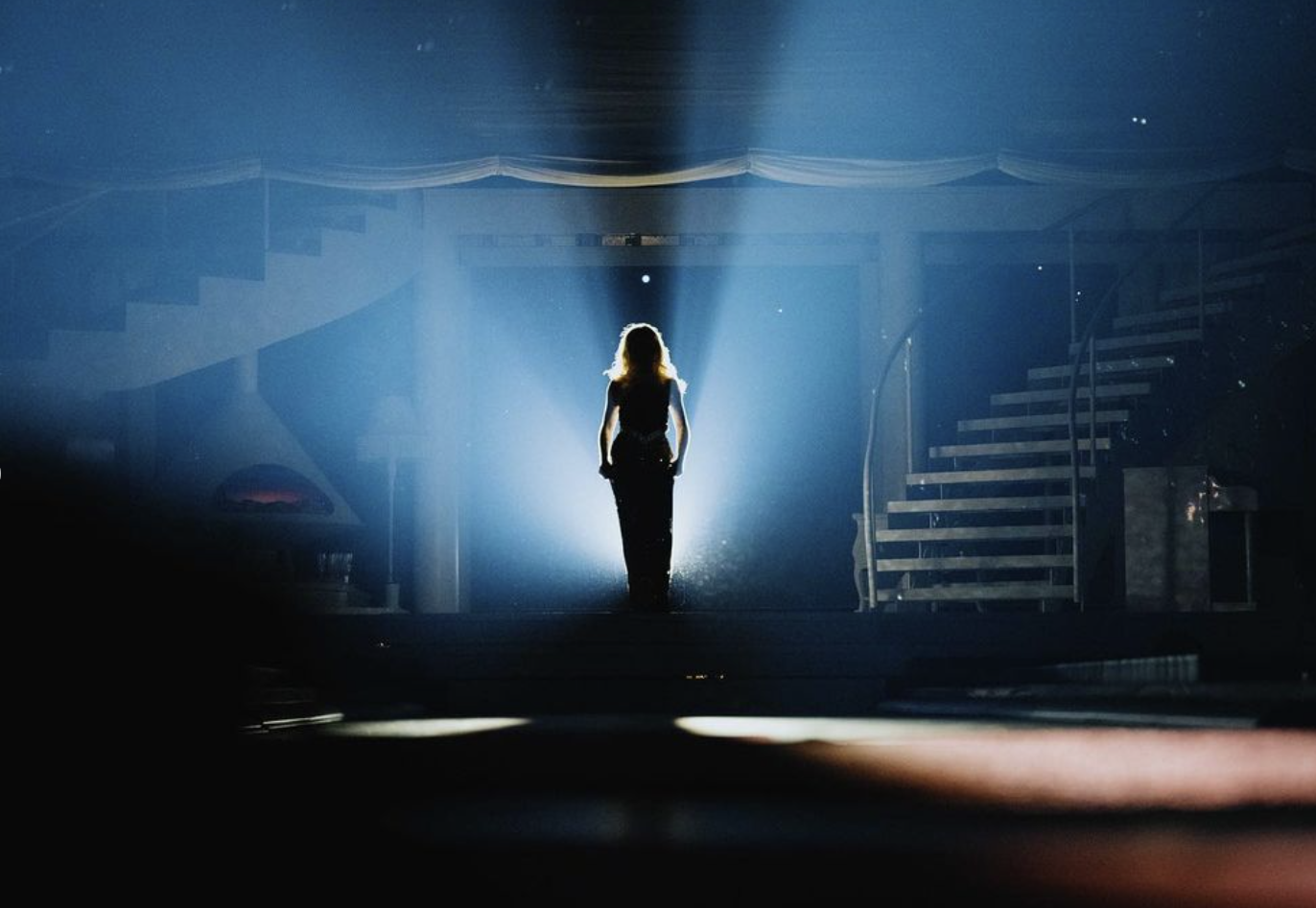
Comment Editor Lauren Penzer assesses the old and new controversies surfacing between the paparazzi and celebrity women
There is a long and complicated history between celebrities and the paparazzi. The latter have been shamed and criticised for decades. From their controversial involvement in the death of Princess Diana Spencer, to being labelled as ‘predators’ by numerous celebrity parents, the paparazzi have faced their fair share of scrutiny.
On the other hand, they themselves have given their voice to the debate, criticising the hypocrisy of celebrities at large, many of whom have been accused of actively inviting, or even hiring, the paparazzi to take their photos. Despite this, there have been multiple incidents in the media recently of celebrities calling into question the ethics of media professionals, and urging for consideration of their rights to privacy and respect. There is an intriguing – though unsurprising – discrepancy between male and female celebrities, and the public opinion on their responses to paparazzi attention.
Let’s look at some examples.
Chappell Roan, in her swift and hectic rise to stardom, has received both support and backlash for her response to the overwhelming media attention that comes with fame. Her outspoken stance gained attention following an incident occurred at the VMA’s earlier this year; Roan was walking the red carpet when a photographer told her to ‘shut the f*ck up’. Rather than accept the insult with a smile – as many famous young women have been forced to do so before her – Roan spun around and responded ‘You shut the f*** up. No. Not me, b***h’.
When asked about the incident later, Roan stuck by her response, insisting that – despite the normalisation of invasiveness and cruelty that has previously dominated the industry’s relationship with the media – she would not be taken advantage of. Roan stated “I don’t care that this crazy type of behaviour comes along with the job […] I don’t want whatever the f*** you think you’re supposed to be entitled to whenever you see a celebrity.”
Many have praised Roan for her self-defence and staunch position on her right to say no to the media and public. Others, however, have criticised her for being outspoken against the paparazzi and for expecting privacy and respect whilst putting herself in the public eye. This opposition demonstrates the public bias against celebrity women. This outspokenness, and this refusal to meet the demands of the media, has not been criticised when performed by male celebrities.
“This opposition demonstrates the public bias against celebrity women.
For example, celebrities such as Leonardo DiCaprio and Daniel Radcliffe have been applauded for their witty and crafty evasion of the paparazzi. Though this does not equate to the bravery and candidness of Chappell Roan, this demonstrates the gender bias between male and female celebrities and the reception of their behaviour as public figures. When men do it, they are applauded. When women do it, they’re overreacting.
A glaring example is the youthful behaviour of Justin Bieber, who – on numerous occasions – responded to the rudeness of the paparazzi with physical violence. Whilst his self-defence is not unjustified, the severity of this behaviour has not received the same level of backlash that female celebrities like Chappell Roan have faced. Though he was slandered for his violent behaviour, his anger at the paparazzi was viewed as reasonable and expected. But when female celebrities are as expressive in their opposition, they are criticised.
“‘When female celebrities are expressive in their opposition, they are criticised.’
Alongside these recent controversies, many more celebrities are speaking out against the paparazzi, including Zendaya, Taylor Swift and Meghan Markle, to name a few. Anywhere you look, the majority of these celebrities are often young women and mothers of young children. The discrepancy in experience and public response is astounding, both in terms of gender bias, and especially when comparing the form in which this celebrity response comes. There seems to be one rule for men, and another for women, especially where the media is concerned.
For more comment articles:
Can Eurovision Be Saved from the Flames of Political Polarisation in Europe?
Comments